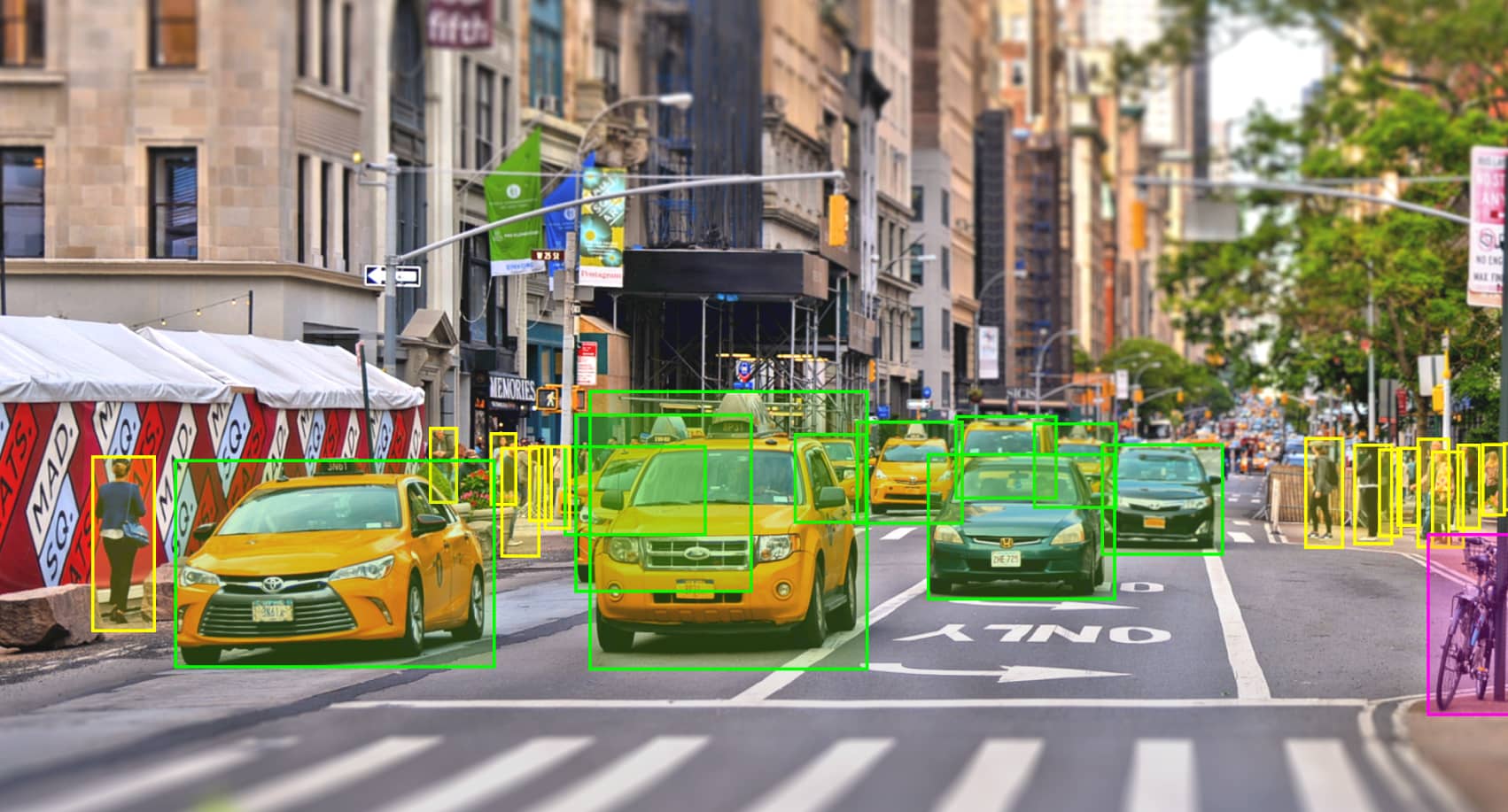In the current world of big data, companies from every sector rely heavily on machine learning and artificial intelligence for gaining valuable insights. Image annotation is a crucial computer vision technique that plays a essential role in making images data accessible. In this article we explore the various aspects of image analysis, and look at the importance of tools, software and solutions that facilitate decision-making based on data.

Image annotation is a procedure that involves labeling or marking images with metadata. This helps computers understand and interpret information from visual images with precision. Image annotation lets models to detect the patterns, objects, and attributes in images, by introducing annotations like bounding boxes and polygons. This method can bridge the gap between raw data from images and actionable insights, paving the way for applications in a variety of fields, including autonomous vehicles and medical imaging, online shopping, as well as surveillance systems.
To speed up the annotation process, a wide array of annotation tools has been designed. They have user-friendly interfaces that allow users to quickly mark images or other objects of interest. They provide a range of annotation options as well as customization tools to accommodate diverse requirements for data. An image annotation tool is available in a wide range of options, such as basic drawing tools, advanced shape recognition, as well as automatic annotation suggestions. This gives annotators the ability to work efficiently and precisely.
Image annotation tools takes the annotation process to the next level by incorporating automation and collaboration features. These solutions make use of ML algorithms to automate the annotation process, reducing manual effort and increasing the speed of annotation. An annotation software employs techniques like active learning and transfers the learning process to accelerate the process of labeling, while also ensuring high-quality results.
Annotation software also allows collaboration between several annotators. This allows teams to collaborate seamlessly. It provides real-time synchronization, annotation versioning, as well as commenting functionalities, ensuring smooth communication and fostering a collaborative environment. This type of collaboration doesn’t just enhance the quality of annotations but it also facilitates knowledge sharing and ensures that annotations are consistent.
When selecting an image annotation system there are a variety of factors to be considered. In the first place, the solution should align with the specific needs of the project, including the annotation types required (e.g. bounding boxes or polygons, keypoints), the complexity of the labeling task, and the scalability of the solution.
Furthermore, flexibility in the solution is vital. A reliable solution for annotation should allow modifications to workflows that are used for annotation and integration with existing systems as well as compatibility with multiple data formats. This flexibility should allow the software to be integrated seamlessly into existing workflows.
Thirdly, the accuracy of annotations created by the software must be evaluated. To ensure accuracy and uniformity high-quality image annotation tools make use of quality control mechanisms. These methods can include annotation validation, feedback loops and feedback loops which are continuous between annotators.
The effect of image annotation extends beyond the annotation process itself. An image annotation tool, solution and software are able to help businesses increase the value of their information by leveraging it in multiple ways. Correct annotations are crucial for the development and training of ML models with greater accuracy and reliability. The models can be used to solve various problems, such as image classification, object recognition, and anomaly detection.
Furthermore, annotation of images facilitates data-driven decision-making by providing rich and meaningful insights from visual data. In the health industry, annotated medical images aid in diagnosing disease as well as identifying anomalies and determining the best treatment options. In the world of e-commerce, annotations on images aid in product recommendations images, image search, and visual marketing strategies.
Image annotation, when combined with data science has transformed how we work. It’s an effective tool that can unlock a wealth of information. It aids in the speed of the analysis of data, find connections that are not obvious, and generate real-time insight. With image annotation, organizations can improve their processes, go to market faster, lower costs and gain an competitive advantage. Annotated images are more easily understood and beneficial to all parties in any business because they help to understand concepts better than abstract diagrams. If done properly, annotation is a great way to turn data into actionable information and enhance the effectiveness of all the applications.
